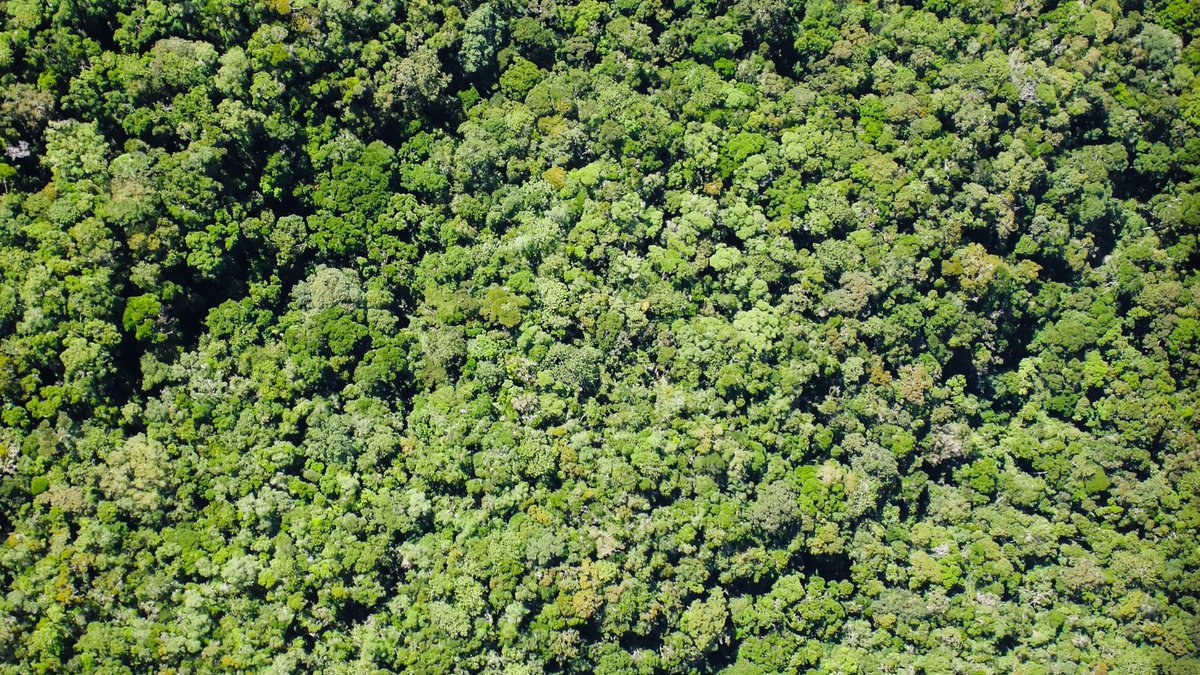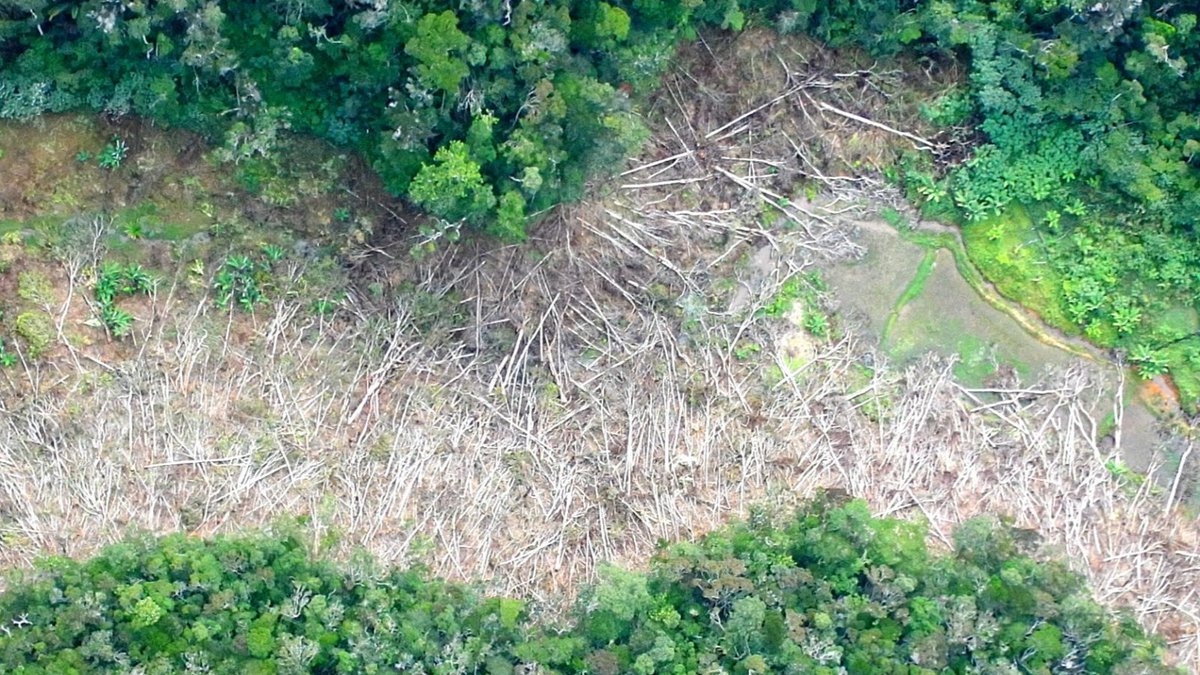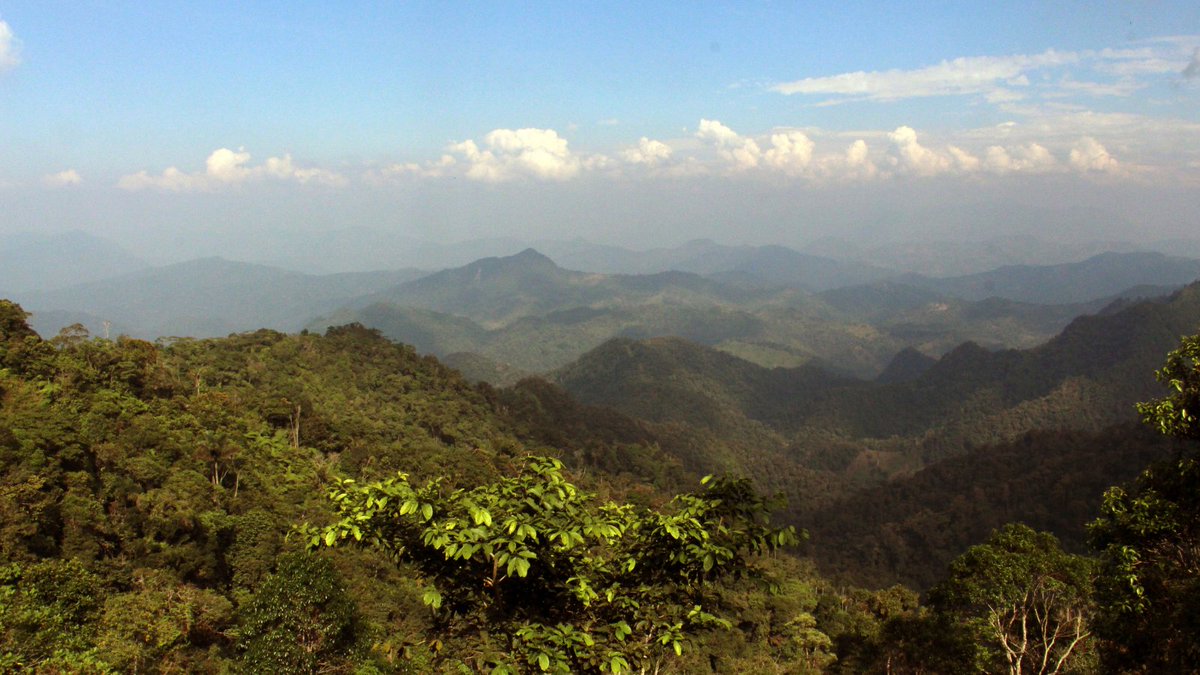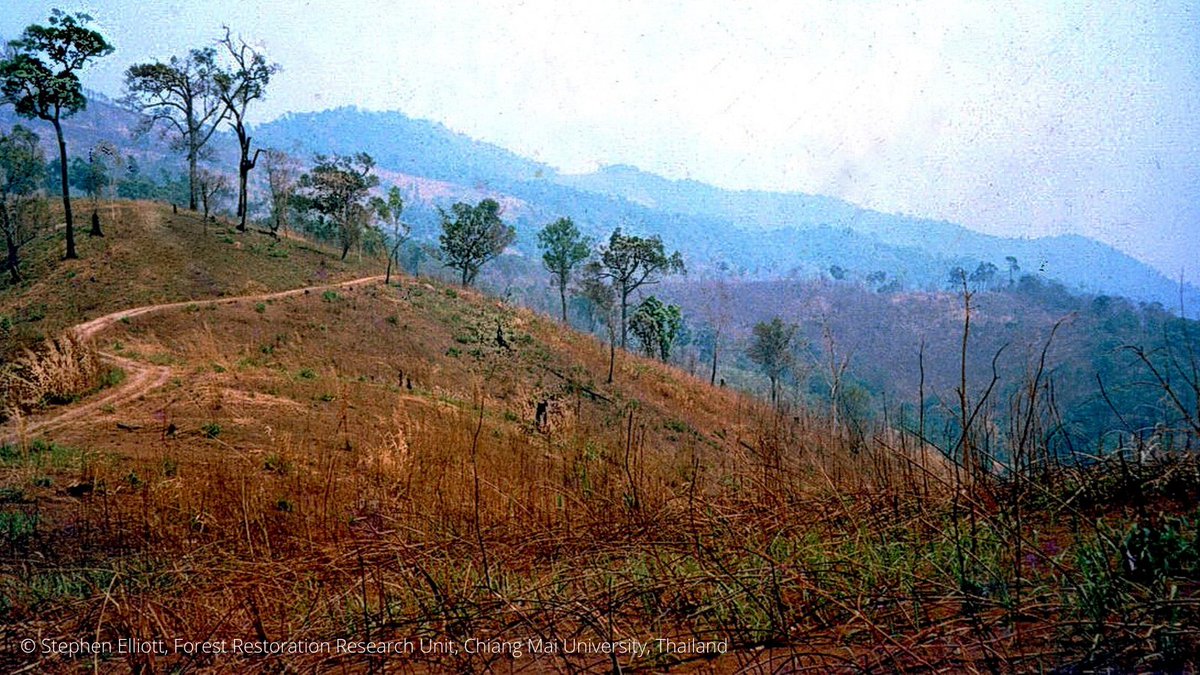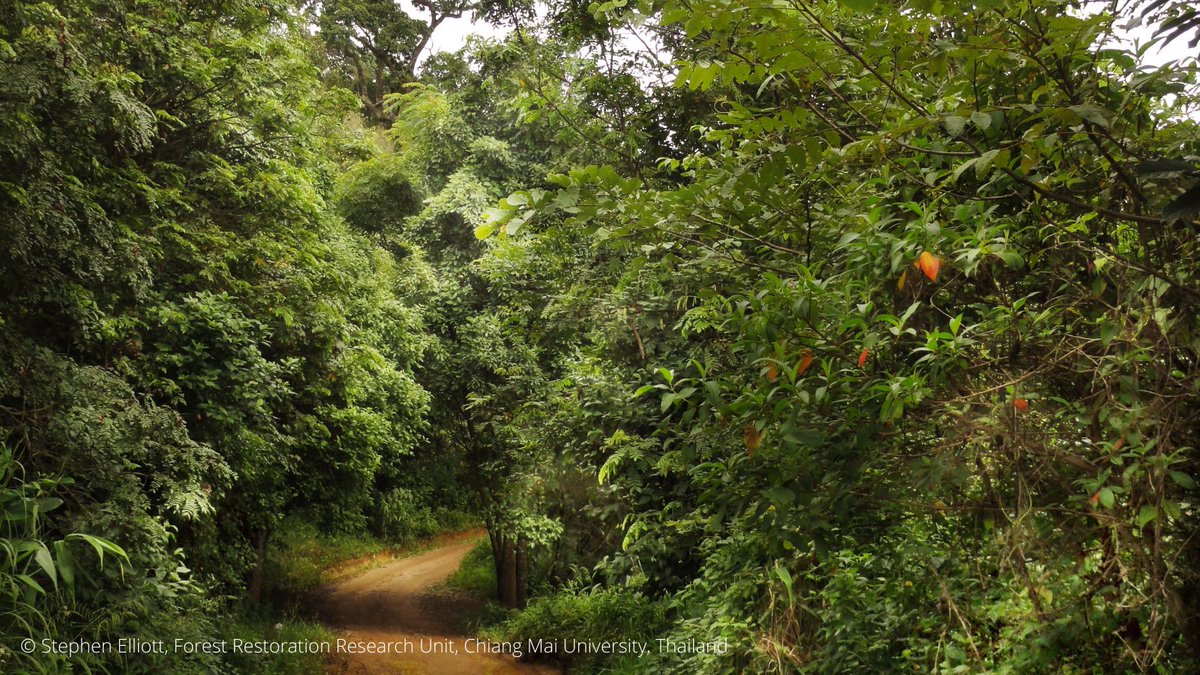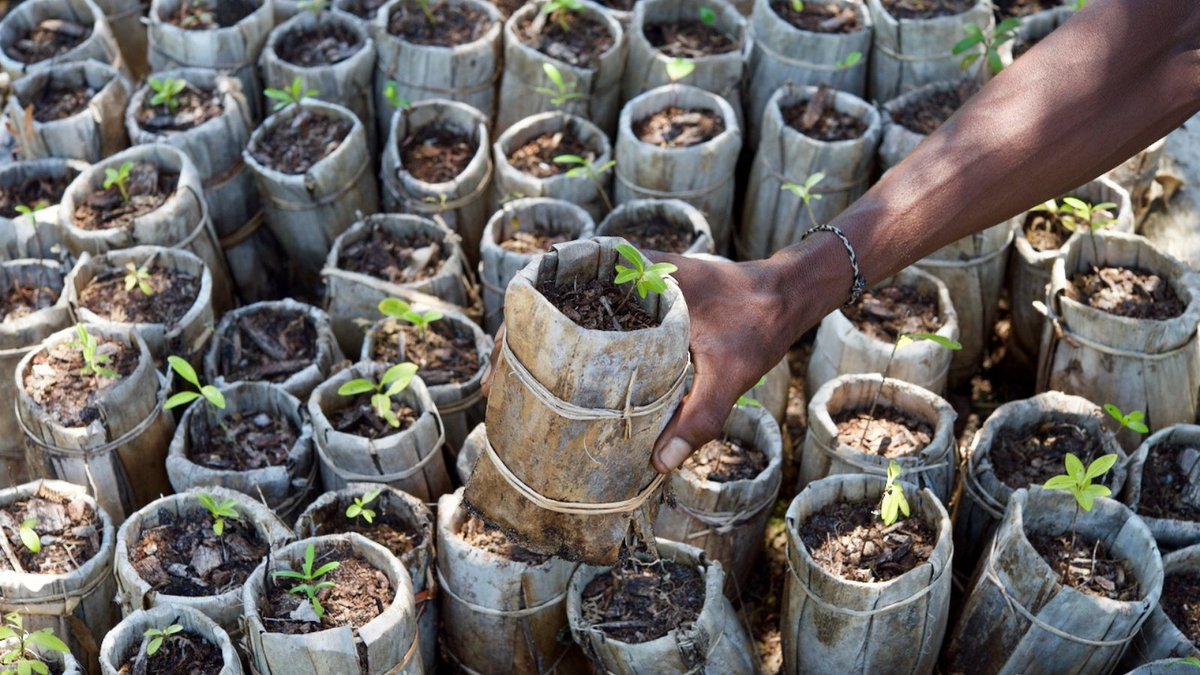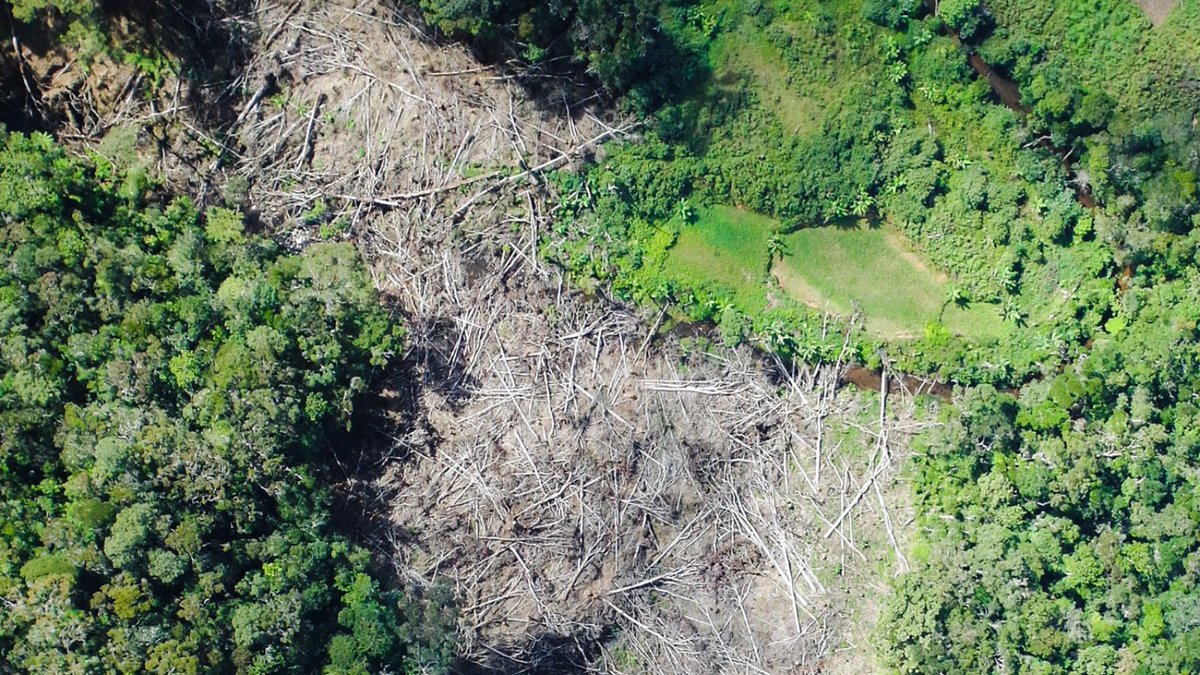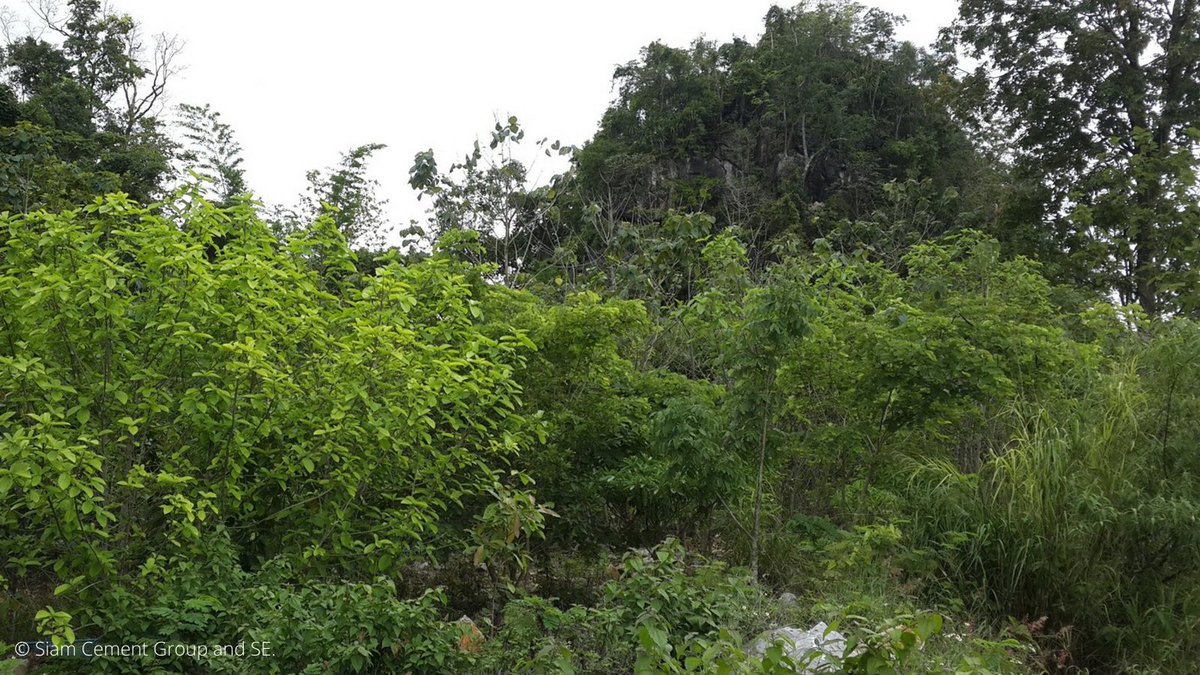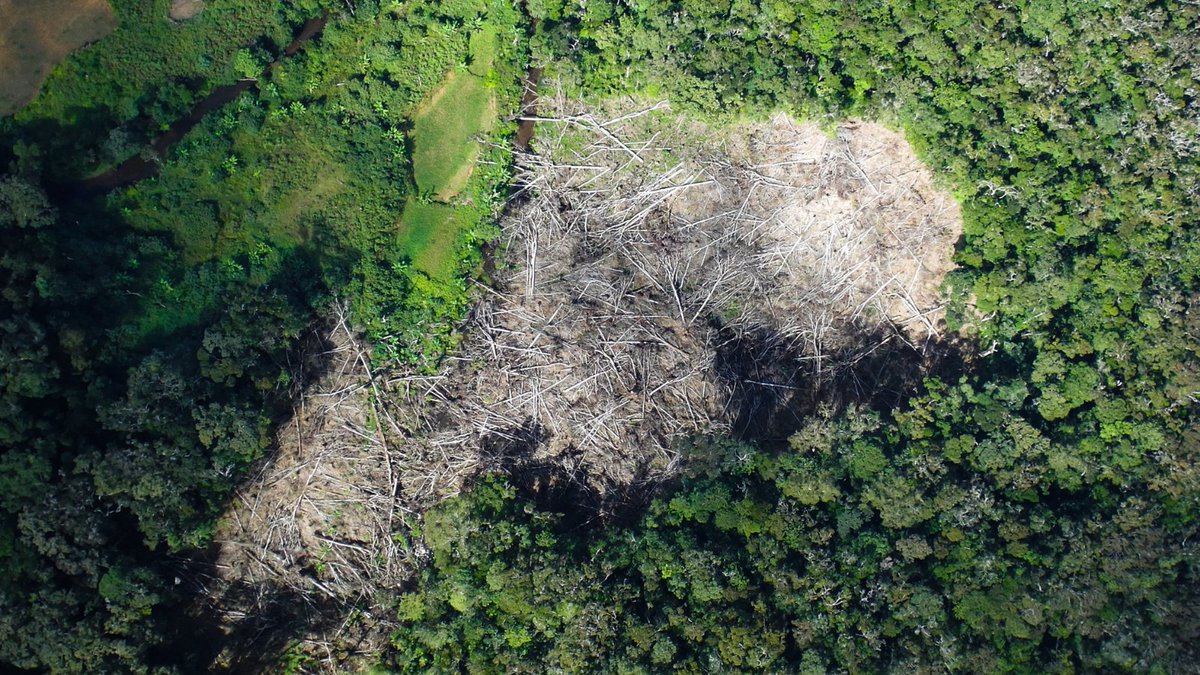Tree planting is often portrayed as an easy answer to the climate crisis, but a new review led by @KewScience and @bgci highlights the issues with large-scale tree planting.
Follow this thread to discover the 10 golden rules for restoring forests

Follow this thread to discover the 10 golden rules for restoring forests


1. Protect existing forest first.
Millions of hectares of forests are destroyed every year, leading to huge carbon dioxide emissions. It can take over 100 years for these forests to recover so it’s crucial that we protect what we already have before planting more.
Millions of hectares of forests are destroyed every year, leading to huge carbon dioxide emissions. It can take over 100 years for these forests to recover so it’s crucial that we protect what we already have before planting more.
2. Work with local people.
It’s crucial that local communities are at the heart of reforestation projects. Failing to do this is one of the most common causes of an unsuccessful reforestation project.
It’s crucial that local communities are at the heart of reforestation projects. Failing to do this is one of the most common causes of an unsuccessful reforestation project.
3. Maximize biodiversity recovery to meet multiple goals.
These may be reducing carbon emissions, conserving species, providing economic benefits to local communities, or delivering ecosystem services like stable water systems.
These may be reducing carbon emissions, conserving species, providing economic benefits to local communities, or delivering ecosystem services like stable water systems.
4. Select the right area for reforestation.
The best area to plant trees is on land which was previously forested. Non-forested lands like grasslands or wetlands already contribute to capturing carbon, mostly in the soil, so should be avoided.
The best area to plant trees is on land which was previously forested. Non-forested lands like grasslands or wetlands already contribute to capturing carbon, mostly in the soil, so should be avoided.
5. Use natural forest restoration wherever possible.
Natural forest regrowth after land is abandoned - can be cheaper and more effective than tree planting. Carbon capture can be 40 times greater in naturally regenerated areas than in plantations.
Natural forest regrowth after land is abandoned - can be cheaper and more effective than tree planting. Carbon capture can be 40 times greater in naturally regenerated areas than in plantations.
6. Select tree species that maximise biodiversity.
When natural regeneration is not possible and tree planting is needed to restore forests, picking the right tree is crucial. Always plant a mix of species, which will be better at conserving biodiversity.
When natural regeneration is not possible and tree planting is needed to restore forests, picking the right tree is crucial. Always plant a mix of species, which will be better at conserving biodiversity.
7. Use resilient tree species that can adapt to a changing climate.
It’s important to use tree seeds or seedlings with appropriate levels of genetic diversity to match the region they are planted in and make them suitable for the local or projected climate.
It’s important to use tree seeds or seedlings with appropriate levels of genetic diversity to match the region they are planted in and make them suitable for the local or projected climate.
8. Plan ahead.
From seed collection to tree planting, preferably use local infrastructure and seed supply chains. It must be decided well in advance where seeds or trees will be sourced from and what facilities and protocols will be required for seed banking and propagation.
From seed collection to tree planting, preferably use local infrastructure and seed supply chains. It must be decided well in advance where seeds or trees will be sourced from and what facilities and protocols will be required for seed banking and propagation.
9. Learn by doing.
Before starting a restoration project, consult existing scientific and local knowledge to aid decisions like species selection. Perform small-scale trials to ensure the right trees are used and to test their effectiveness.
Before starting a restoration project, consult existing scientific and local knowledge to aid decisions like species selection. Perform small-scale trials to ensure the right trees are used and to test their effectiveness.
10. Make it pay.
To ensure the sustainability of reforestation projects, diverse income streams must be generated which benefit different people.
To ensure the sustainability of reforestation projects, diverse income streams must be generated which benefit different people.
Find out more about the 10 golden rules for restoring forests, and how to join our online #ReforestationConference to hear from worldwide experts: http://ow.ly/zSkF50DijYl 




 Read on Twitter
Read on Twitter